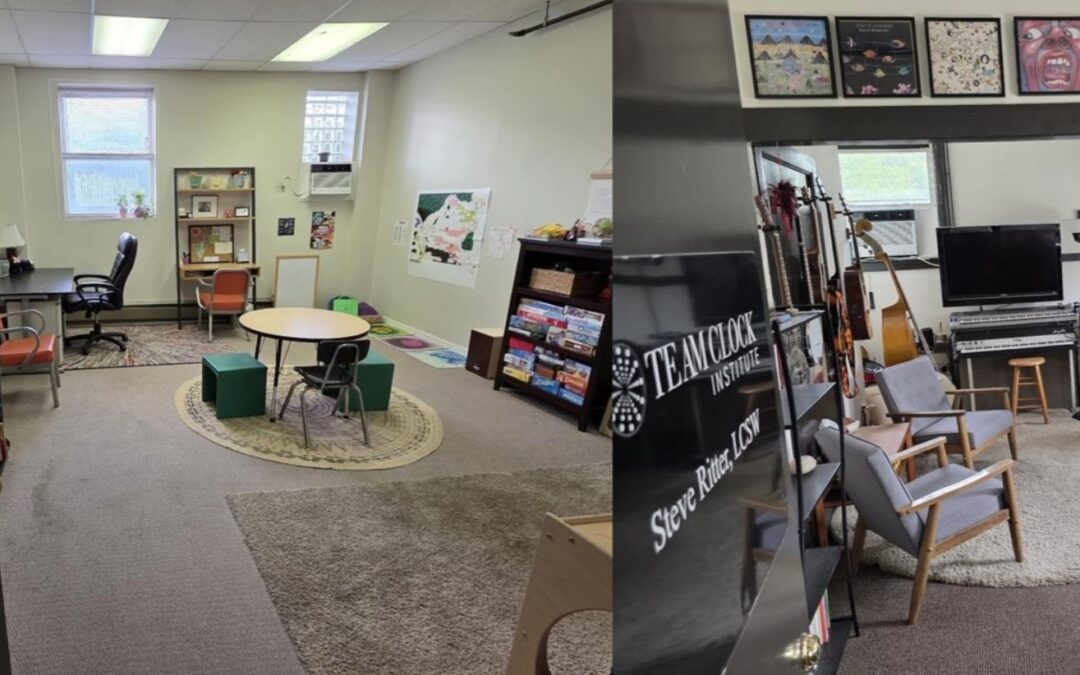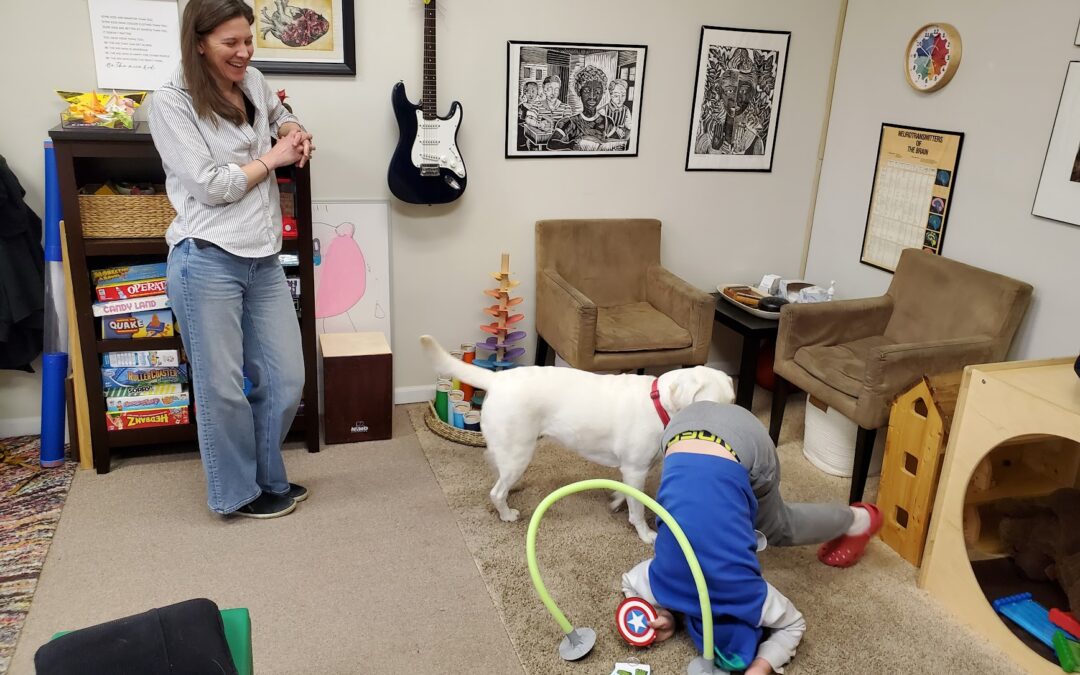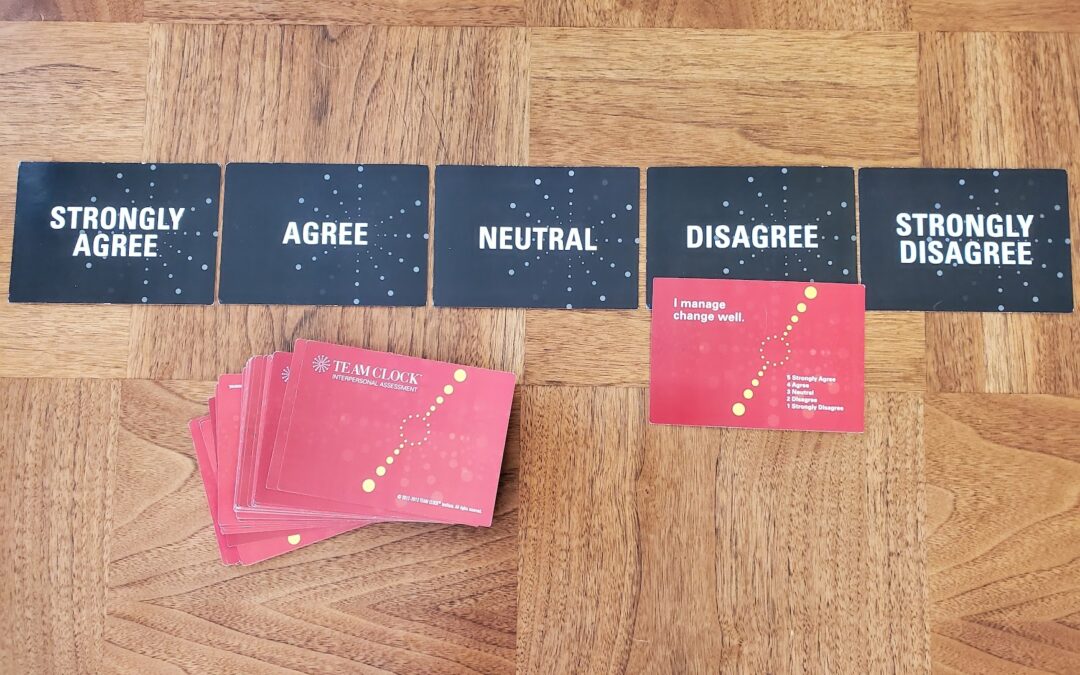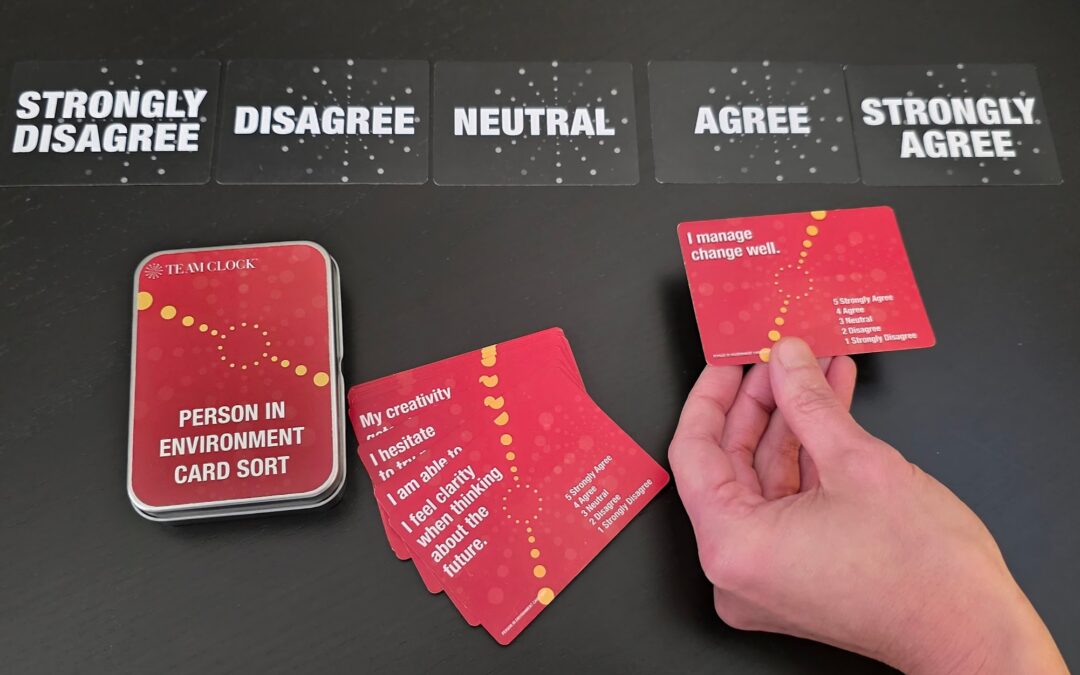
A Simple Recipe for Emotional Wellness
Think about the people in your life who seem to have it all together. Do they have the golden secret to life’s mastery, or is there more going on under the surface? Most of us work hard to keep our deepest struggles from showing. Everyone has something heavy going on, whether or not it’s visible. A common metaphor is the duck gliding across the water with webbed feet below the surface, paddling like mad yet invisible to observers. Another symbol is the oppressive weight of the backpack the kid carries through school, while teachers and classmates remain unaware of the home life trauma bearing down on him. Whatever the hidden narrative, there are three key ingredients to the recipe for staying well amidst the struggle.
Life’s journey presents us with obstacles every day. Sometimes it’s something small like bad traffic. Other times, it’s a big deal like a serious injury or a lost loved-one. Big or small, our coping skills get activated. When you step back and evaluate your own coping effectiveness over time, you’ll notice some common themes that are present when things go well: adaptability, growth, and clarity.
Adaptability begins with humility. The acknowledgment that you don’t know what to do triggers problem-solving efforts. Define the challenge and consider options. Weigh the pros and cons of each option and select a path forward. Execute the plan and evaluate the outcome. When it’s all said and done, resilience invites you back into the journey with an expanded set of tools.
Growth is fueled by resilience. What was previously depleting is now energizing. Rather than fearing the next obstacle, the buzz that accompanies growth makes you eager for more. Curiosity leads to exploration, which, in turn, leads to discovery. An upward spiral of learning creates benchmarks of maturity.
Clarity is the reward for maturation. Your history connects with your identity. The reasons for the themes and patterns that define your path start to make sense. I am who I am because of my struggles, not in spite of them. The list of unresolved issues that lurk in your blind spot shrinks with each new epiphany. That ‘ah-ha!’ feels satisfying.
Emotional wellness isn’t some gift that some of us receive and others don’t. It is the culmination of a succession of coping responses to the challenges that life places in our path. It is the hard-earned accrual of tools and resources we call upon when we revisit the common problems. It’s the willingness to build new skills when the problems are unfamiliar. Those people in your circle who seem to have it all together most likely have a long story that explains how they got there.
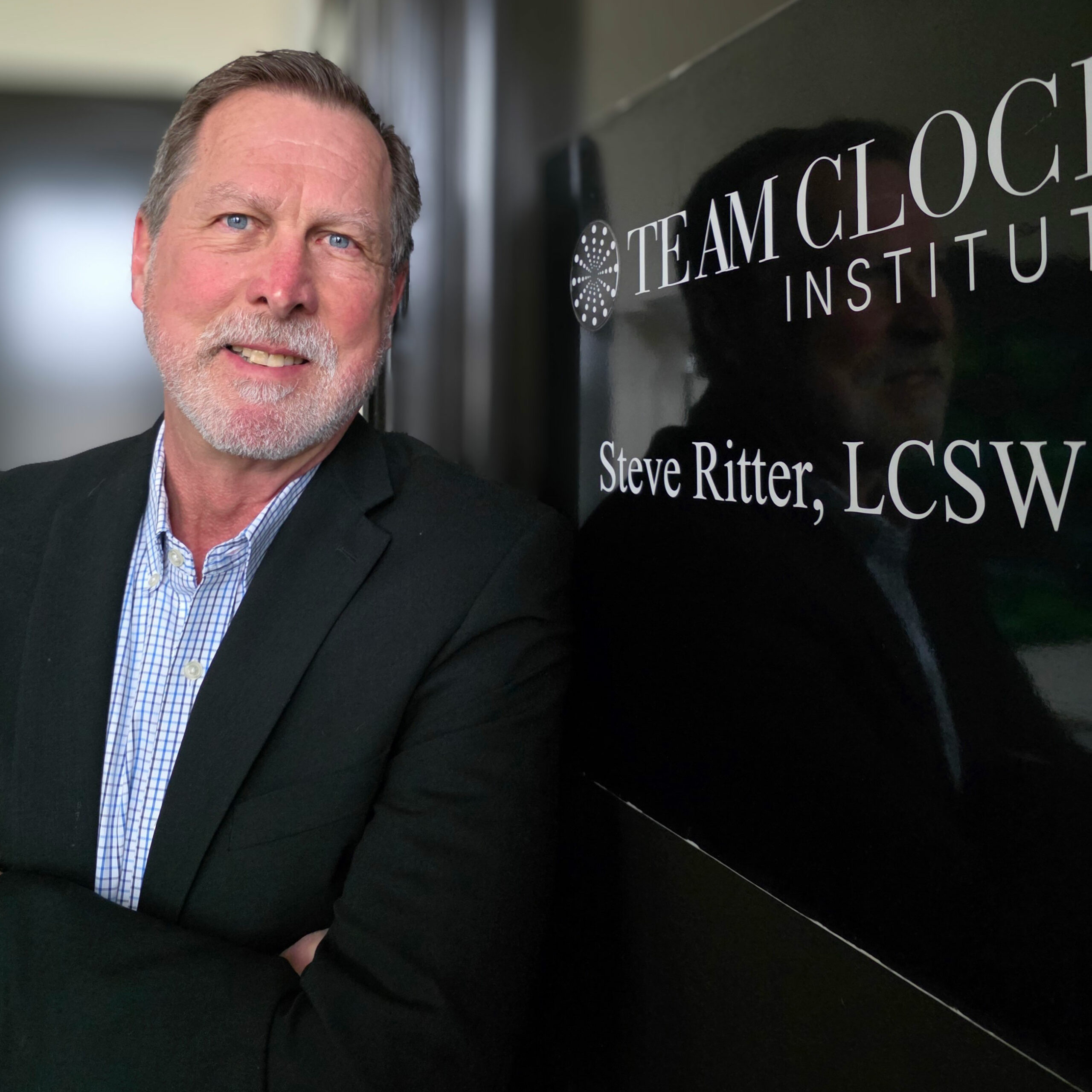
About the Author
Steve Ritter, LCSW is the Founder and Executive Director of Elmhurst Counseling. He has served as a teacher, author, consultant, human resources director, health care administrator, and licensed clinical social worker since 1977. A fellow of the American College of Healthcare Executives, Steve has provided coaching, therapy and team development services to thriving schools, businesses and organizations.


